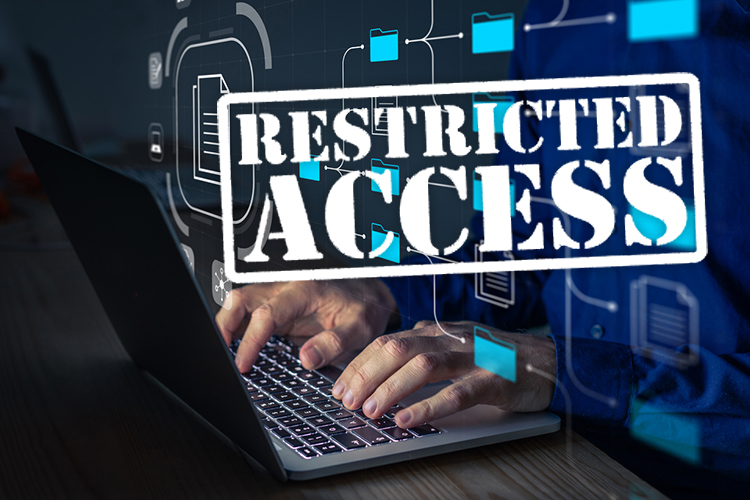Let’s face it. Work will never be the same after this pandemic. We’ve already established the remote work set-up is here to stay. And now, so is the hybrid work model. Want proof? According to a recent survey, nine of out 10 organisations will be combining on-site work with WFH moving forward.
However, not everyone is ready for this transition. Many employers are still confused about how to go about the arrangement. Remote employees, on the other hand, are worried that they might be perceived as less valuable than their office-based counterparts.
The key thing, though, is to establish a healthy workplace culture early on. Whether you’re currently transitioning or are still considering adopting a hybrid work set-up, here are seven red flags to avoid as you lay down the groundwork.
Lack of Planning

Joining the bandwagon without a clear plan or purpose is the quickest route to failure. For example, just because other companies are shifting to a hybrid set-up doesn’t mean you should too. At least not without figuring out if it’ll work for your company first and certainly not without proper planning.
Bear in mind that creating a healthy workplace involves treating your remote and in-house employees equally. You may need to tweak or adjust existing programs and policies so that everyone is evaluated and compensated properly whether they work from home or come into the office.
Obviously, this will require a lot of fine-tuning, so be prepared to invest a lot of time and effort in planning and executing, at least at first.
Unequal Opportunities

Remote work is still work. Yes, it’s flexible and offers a lot of benefits, but the work involved can still be incredibly demanding. Left unchecked, an unregulated work load can negatively affect one’s work-life balance and by extension, their mental health.
So, what can you do about this?
It’s quite simple. As much as possible, you have to provide everyone with the same options and flexibility.
First, give everyone a choice to work at home or in the office (as well as how frequently). Secondly, observe the same working hours for those working at home and at the office. If the office closes at 5 PM, try not to email your remote employees at, say, 7 PM, and expect a reply, for instance.
This way, everyone will get a fair chance to figure out which arrangement works best for them…and realise that work is work no matter where you do it.
Insufficient Digital Tools

On-site employees have relatively more access to their colleagues compared to their remote counterparts. After all, they can just walk over and tap someone on the shoulder if they need urgent assistance or clarification.
The right digital tools and software will go a long way towards bridging this gap. This way, they can get real-time updates and instant access to files and programs at the workplace. These apps and software also allow for a more seamless collaboration between your remote employees and their office-bound counterparts.
For example, project management tools like Trello allow remote workers and office workers alike to jointly monitor team tasks and see where else they can contribute.
Selective Praise

Recognition and compensation can boost employee morale like nothing else. If you don’t have the budget (yet) for bonuses and monetary incentives, a bit of verbal acknowledgment and praise might help.
Always take the time to recognise your employees’ contributions regardless of their work set-up. You never know who needs to hear it, and it’s impossible to overestimate how much a few kind words could influence someone to stay loyal and continue to give their best efforts.
Vague Communication

Effective and clear communication is key to every successful organisation. This is even more important when some of your team members are working remotely. Basically, you need to keep both your remote and on-site employees in the loop.
For example, if there are changes in company policies, you need to notify ALL your employees at the same time. Furthermore, if you’ll be holding meetings, remote employees should have the option to join via Zoom. For workplaces with a hybrid set-up, you can allow people to attend virtually or in-person depending on their schedule for the day as well.
Odd Meeting Hours

Speaking of meetings, use them sparingly. The “this meeting could have been an email” sentiment is as relevant as ever, so always determine if you actually need people to sit in on one before you schedule one. Draw up a concise and comprehensive agenda while you’re at it too.
Lastly, consider the time differences when meeting remote employees based in other countries. As much as possible, schedule virtual meetings during reasonable hours. You can also send out an advance meeting request or conduct a quick survey about which schedules work best for everyone.
Restricted Access To Information

This is one of the biggest red flags to avoid when cultivating a healthy workplace for a hybrid set-up. Don’t get me wrong, securing your data is important. But if your remote employees have to jump through hoops to access the information that they need each time, that’s hardly conducive to productive work.
Instead, you can require all employees to sign up for company email addresses, which will allow you to control their access…as well as keep confidential information within the system.
More and more employees are opting to work from home permanently or at least in a hybrid set-up. Hence, it’s best to prepare your company for the inevitable.
Fortunately, Remote Staff has been assisting Aussie SMEs and entrepreneurs like you prepare for a hybrid or remote work set-up for 14 years and counting. We don’t just help you find top Filipino remote talent. We also assist with onboarding and handling other issues to ensure that your working relationship runs as smoothly as possible. All so you can focus on growing your business and spending time with the people you love.
Call us today or schedule a call back so we can get started.
Serena has been working remotely and writing content for the better part of the last decade. To date, she's written for Pepper.ph and Mabuhay Magazine, among others, and has churned out more than a thousand articles on everything from The Basics of Stock Market Investing to How to Make Milk Tea-Flavored Taho at home. Hermits, aspiring hermits, and non-hermits with interesting project propositions may email her at serena.estrella10@gmail.com.
























 Zero Recruitment Fee
Zero Recruitment Fee